#52: Raising Bread and Community
Come sit at the kitchen table to bake, then break, bread, about engaging patients in research.
First, a hearty welcome around the campfire to the new folks finding my newsletter. Please, sit for a spell; I appreciate you joining me here around the flickering light, as I continue to explore ways that science and art blend together.
Speaking of art, one domain that has not yet been given enough consideration here in my notebook is baking. Likely, this is due to the impression I had growing up that, while cooking is the art, baking is a science. That is, cooking a dish for supper tends to be more responsive and accommodating to random flicks of spices and dashes of liquid, whereas baking requires precision with measures and strong technique. It’s enough to scare away the most well-intentioned, but novice, baker.
And this is not dissimilar to patient engagement - the practice of involving people with lived experience with a health condition and/or the healthcare system in the design, interpretation, and sharing of a research study. There’s this notion that you have to be a “professional” in this practice; if you can’t do it right, then you shouldn’t engage people at all.
In both the cases of baking and patient engagement, though, there is far more in common with the arts than the sciences.
At the start of February,
shared a great thread on Twitter about the similarities she observed between baking a killer loaf of raisin bread, and engaging patients in health research. While her words do it far more justice, the essence is that any search for a “recipe” yields innumerable ways to bake a loaf of raisin bread. It’s overwhelming. Similarly, researchers will stress about finding and using the “perfect” recipe for engaging people in a conversation to improve health research so that the results are more meaningful and useful to those impacted by the work. She concludes that, while there are some common principles to both bread making and engaging patients, there is no one “right” way of doing it.I remember reading this, and it striking a chord; I’ve seen first hand that researcher stress - it is people’s well-being we’re talking about, and we want to avoid doing more harm than good. Whenever I see, read, or hear some insights that I want to remember but also share with others, I create an infographic to help digest the information further. You can see the past infographics on my website. And I had to do one for this thread.
I shared it on Twitter and with Rae, who shared the infographic on her feed and over on the Substack she hosts for the Family Engagement in Research course.
But after a few days, another thought came to me. What if we took the analogy a step further, and actually baked raisin bread together while talking about ways of partnering with patients in research? I messaged Rae again, and she was game. And so, two months following her Twitter thread - last night, in fact - we hosted a virtual kitchen party with 13 other people across Canada to bake bread and have a discussion about practicing patient engagement.1
The Preamble
After welcoming folks to our virtual kitchens, we shared land acknowledgements. For my non-Canadian readers, this is a practice done in the spirit of Truth and Reconciliation with the Indigenous peoples whose unceded and unsurrendered lands on which we live, work and play. So, I let folks know that I am grateful to live on the gorgeous, unceded territory of the Wolastoqiyik, which means “people of the beautiful river”, in the town of Quispamsis (a Wolastoqey word for “little lake”). Rae lives in Calgary, Alberta, which is the traditional territory of Treaty 7 peoples, including the Blackfoot Confederacy, the Tsuu’tina First Nation, and the Stoney Nakoda, as well as the Métis Nation of Alberta, Region III.
We also let folks know that the event was being recorded, and will be available on the FER Course’s YouTube channel.
And then, it was time to make some bread.
Measuring and Mixing Ingredients
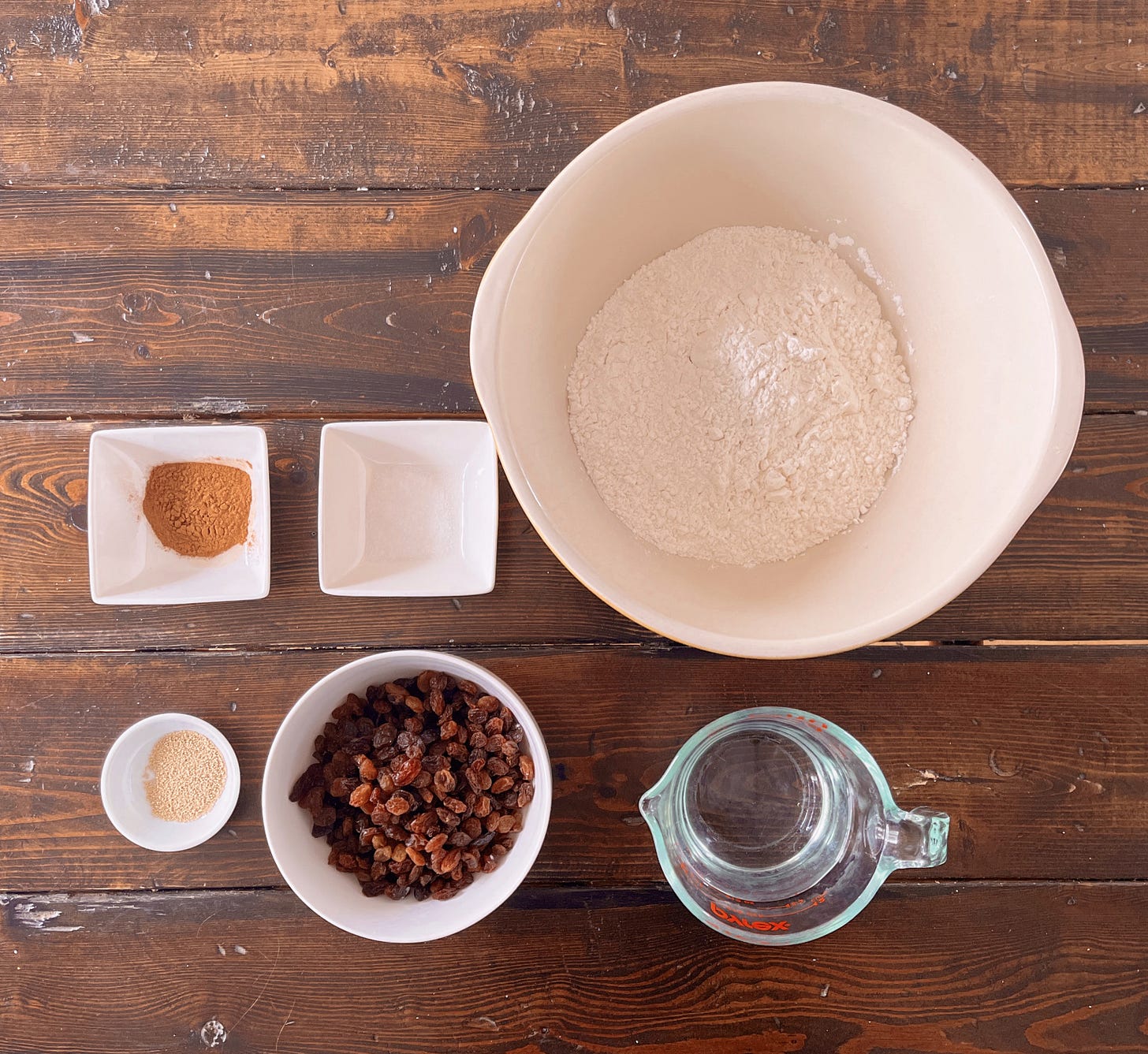
As we measured our ingredients, we shared the current engagement practices in health research that give us hope. We heard from participants that they were seeing more patient engagement happening and that researchers and funding bodies were not only acknowledging patient engagement more, but were trying to move from tokenism (i.e., having a patient on the team to check the box) to real action and accountability. I shared that, for me, it gives me hope that fewer people would ask me for “proof” that engagement is a thing that “works” (as if collaborating with people to increase the breadth of ideas informing a project needs any validation).
Then we asked the group about the biggest barriers to regular and meaningful patient engagement in health research. Participants shared my own thoughts on this: that, while we all agree patient engagement is a good thing to do, there’s simply no time to talk with those affected by the programs and services we are designing and evaluating. Others expanded further, sharing reasons that they’ve heard for this rationale: the fear that an “inexperienced” patient will slow their research down, that they don’t have enough resources to engage people, or that they won’t have enough partners to represent possible views (i.e., a fear of leaving someone out). One person noted that researchers often find themselves needing to “unlearn” what they’ve been taught about the research process. As someone who also needed to “unlearn” the research process to open it to others, I understand this.
“Do not follow the recipe, be bold to bring innovation.”
The Proof
As we set the dough aside to proof, Rachel and I explored what we felt were the biggest myths about both baking and patient engagement. The group had some great examples of myths that fit both scenarios:
There’s one recipe/one patient voice fits all situations.
You have to stick to the plan (when in fact, we should go a bit rogue more often). Related to this is the myth that you need a recipe/plan, when you should instead lean into instinct and trust past knowledge and skills to adjust the recipe/plan to what you’re observing in real time.
Everyone knows what you are talking about, when in fact, it does matter to know the language of engagement (or baking), and to clearly communicate those terms, as not everyone speaks the same lingo.
For me, the biggest myth about baking and about patient engagement is that a person can’t bake or, similarly, doesn’t know how to engage patients. Anyone can do either activity, as long as you go into them with an open mind, and a willingness to make mistakes and keep trying.

The Prestige
We circled back to optimism and hope, and asked what was the best advice they’ve gotten about baking and engagement. Again, the group shared wonderful insights:
Don’t wait until you’re ready to start; you’ll never be “ready”.
Forget preconceived notions, and forget fancy equipment. You have what you need now.
Baking and engagement are similar in that you can do the same thing multiple times and it turns out different each time. Roll with it.
Every chef is different. Acknowledge it. What kind of chef or cook are you?
When there are tight deadlines to meet, it can add stress to the team.
Culture and diversity are important to enrich the gastronomic pleasure.
It’s important to be humble and accept when you’ve made a mistake. Instead, focus on continuous improvement: Make, taste, share the results, know how to listen to improve.
Sometimes the finished product might look right from the outside, but it really is not (i.e., when a participant’s kid baked with the babysitter and replaced sugar with salt)
It was a conversation that brought together 15 people in a kitchen for an hour on a Wednesday night. In the era of diminishing returns with social media and all its’ bots and algorithms (discussions we’ve had on others’ Substacks as of late), we need to keep finding new ways of leveraging the tool to break bread and build community together - virtually and in real life.
Want to Start Engaging? Check Out These Recommended Resources
Books
The Power of Teamwork by Dr. Brian Goldman
Ducks in a Row: Health Care Reimagined by Sue Robins
Training Modules
Of course, the Family Engagement in Research course!
The PORCCH modules (which don’t have the experiential aspect of working together with partners, but do provide some resources and references)
Podcasts
Matters of Engagement, with Jennifer Johannesen and Emily Nicholas Angl
Resource Collections
McMaster Co-Design Hub has a number of helpful recordings and papers; the participant shares the COMPASS and MAPS tools as their personal favourites.
The Neuromuscular Disease Network for Canada (NMD4C)
The Institute for Musculoskeletal Health and Arthritis Institute (IMHA) modules
The imPORTND modules (Muscular Dystrophy Canada)
The Fyreworks (Family/Youth/Researcher Education) training
A little behind baseball: To prep for the evening - the mise en place, if you will - we came up with a loose script to structure the conversation, with a few questions to pose to each other and the group in attendance. Rae designed and shared recipe cards for two styles of loaves, and shared those as we advertised the event. I decided to bake my loaf ahead of time; it freed me up to watch the chat a bit more, but also gave us something to show folks - either a glorious result, or a cautionary tale.






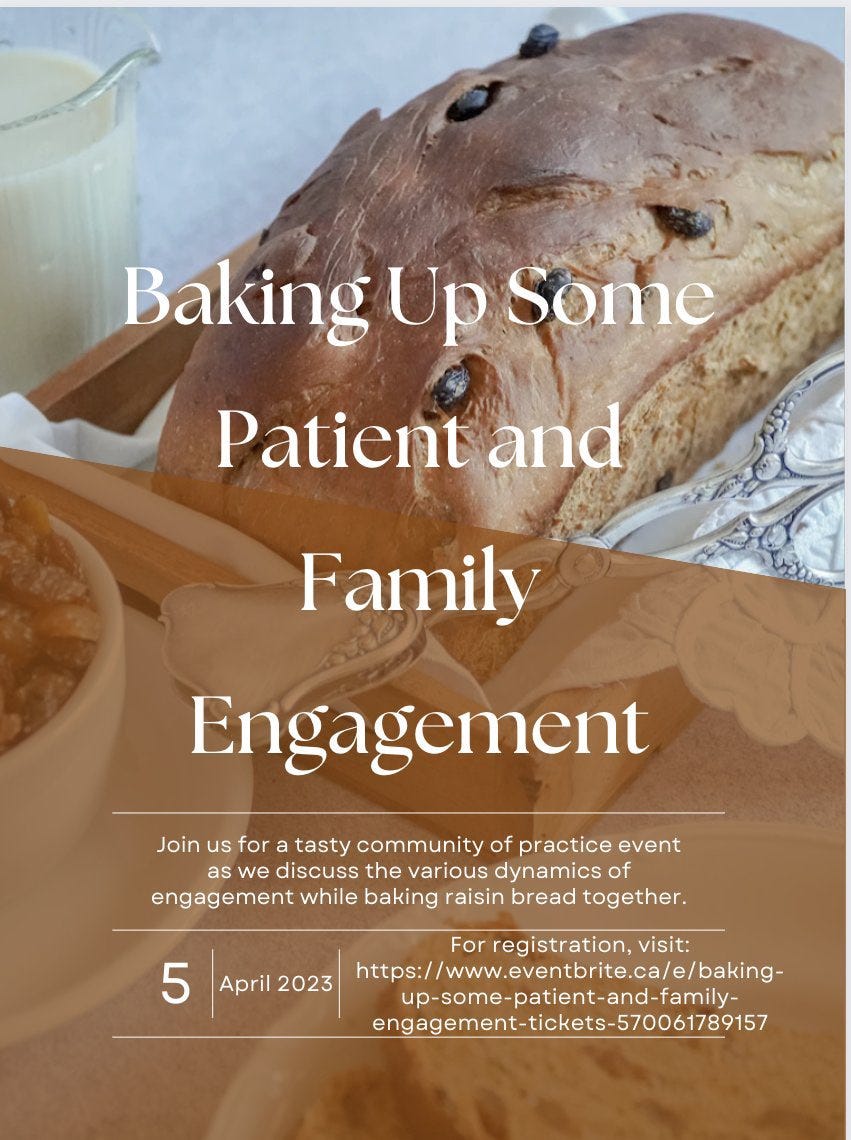

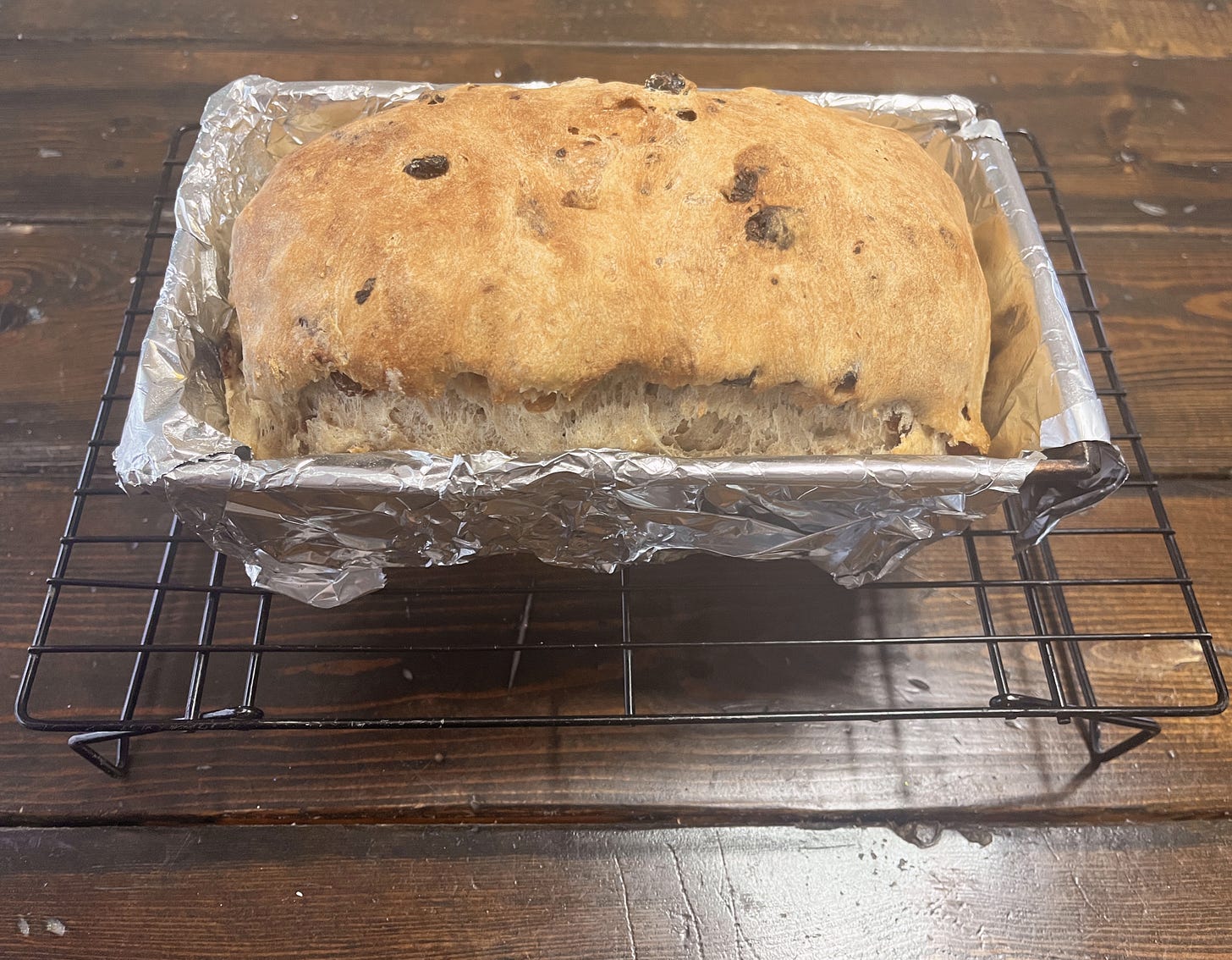
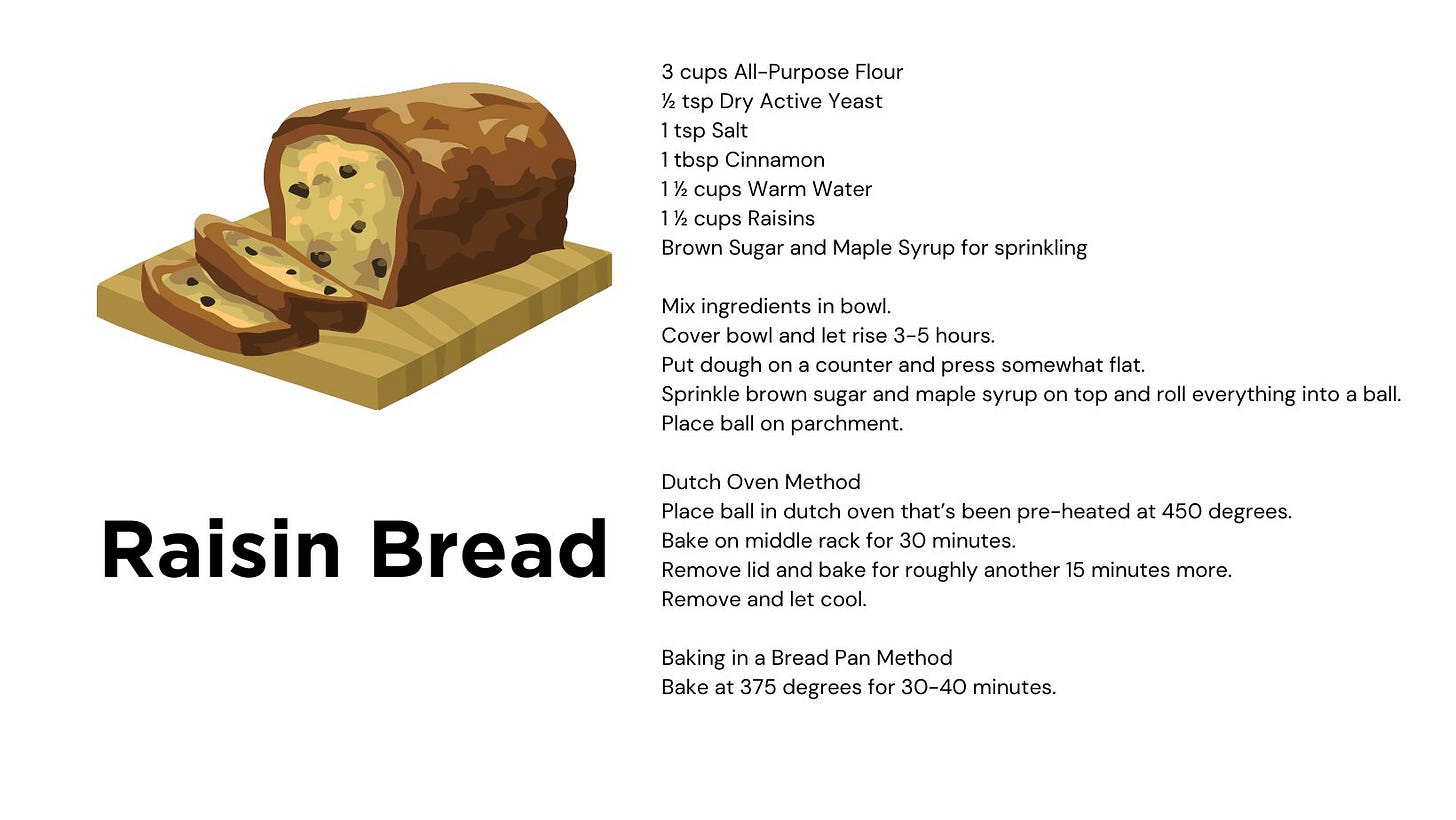
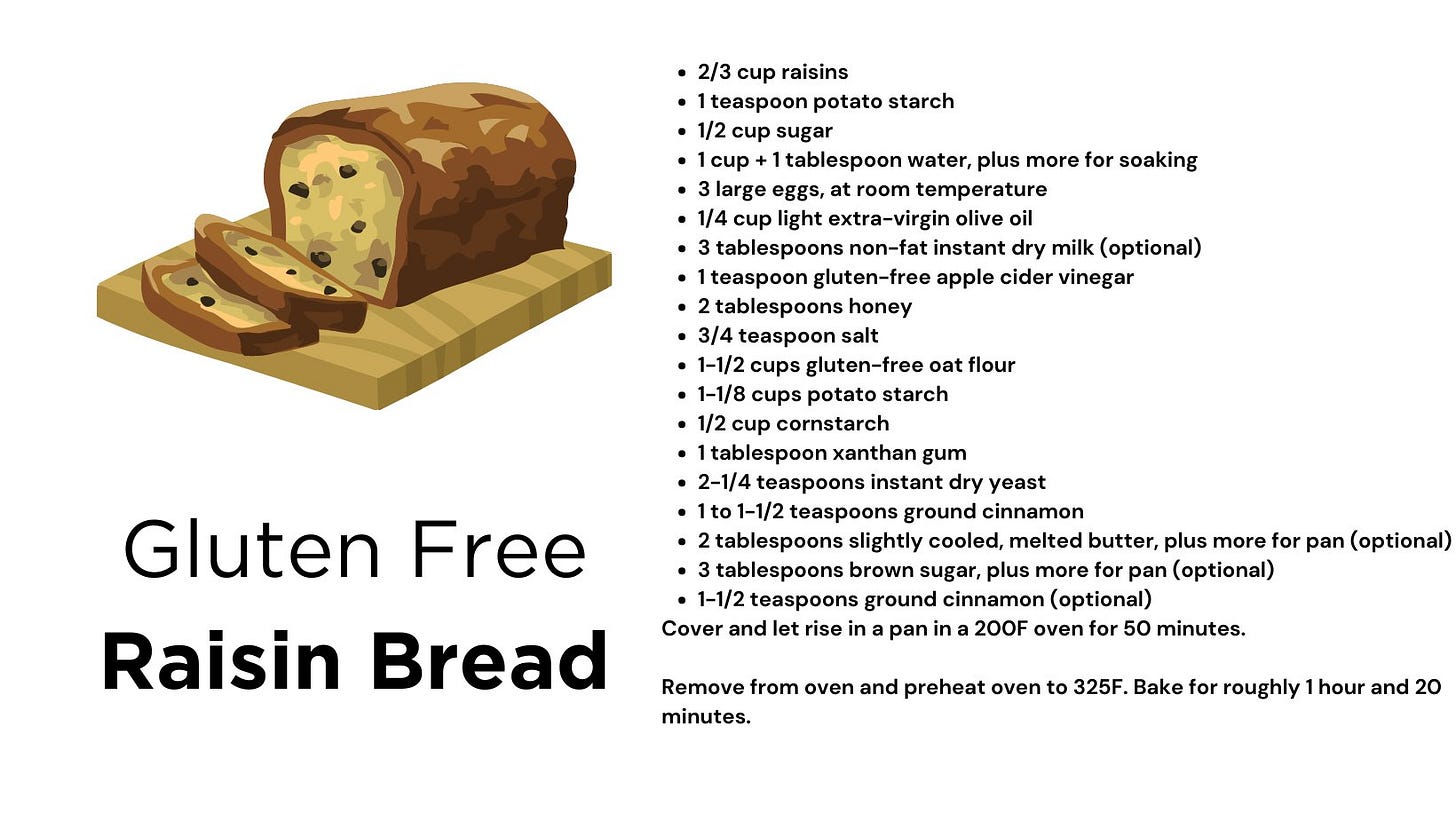
What an extraordinarily creative idea - absolutely EPIC! I love to bake although I don't eat baked goods - but there's something sooooooo wonderful about getting stuck in to the process - I'm always more about the process than the end result, and not just in the context of baking.
"...we need to keep finding new ways of leveraging the tool to break bread and build community together - virtually and in real life..."
Such an amazing post, Bryn!
This is so cool, Bryn!!!!